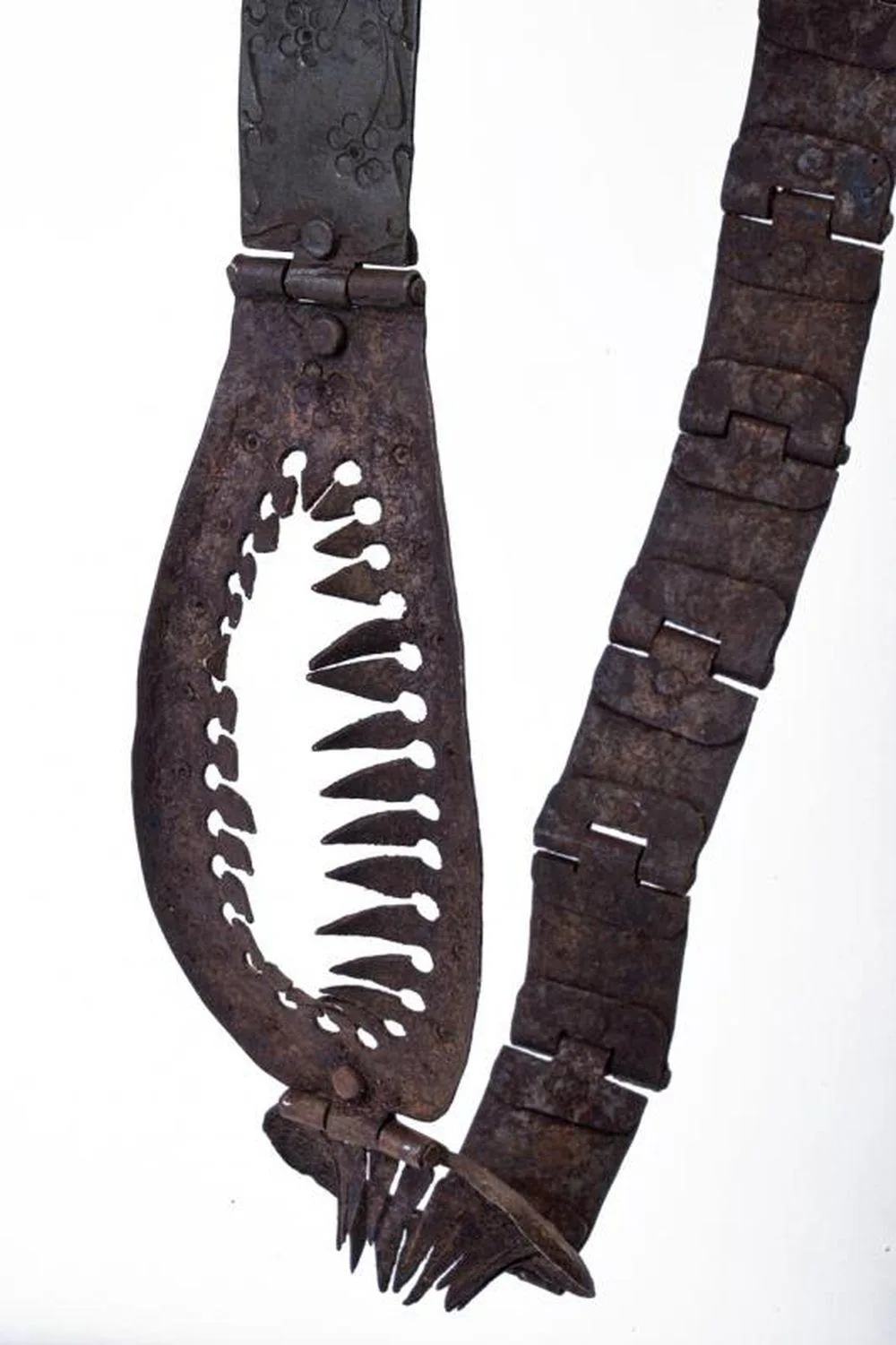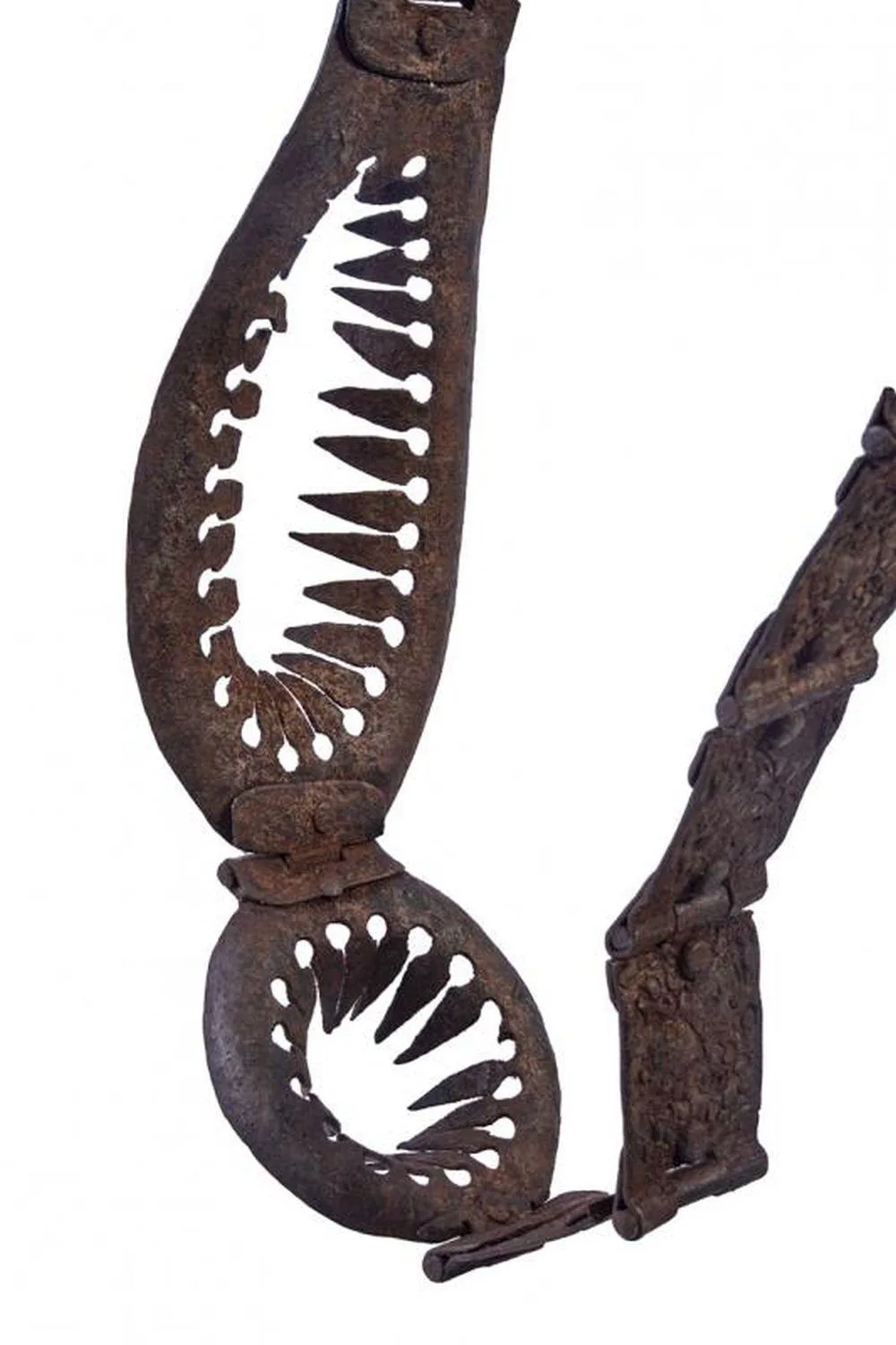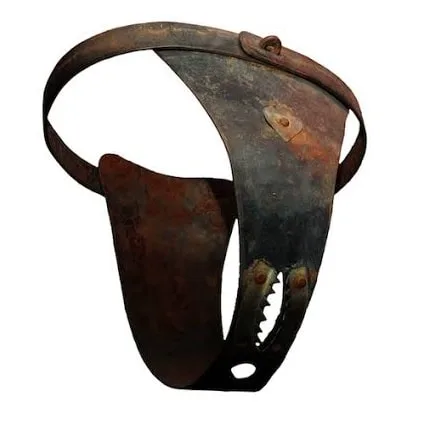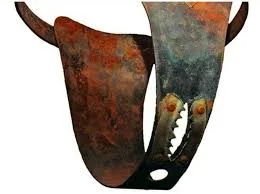The image of a medieval knight locking his wife in a chastity belt before riding off to battle is a vivid and enduring tale, steeped in notions of control, fidelity, and romance. This story, often tied to the Middle Ages, suggests knights used metal devices to ensure their wives’ chastity during long absences, with only the husband holding the key. Yet, this narrative is largely a myth, reflecting societal anxieties and sensationalized views of history rather than the reality of medieval life.

A Tale of Fidelity and Control
The chastity belt myth paints a picture of medieval knights, departing for crusades or wars that could last months or years, securing their wives with iron or leather belts to prevent infidelity. These devices, supposedly fitted with locks accessible only by the husband’s key, were thought to symbolize patriarchal control over women’s bodies. The idea gained traction in later centuries, fueled by romanticized depictions of the Middle Ages in literature and art, where knights and damsels embodied chivalric ideals—and their darker counterparts.

In reality, evidence for widespread use of chastity belts in the Middle Ages is scarce. The concept likely emerged in the Renaissance or later, when satirical writings and moralizing tales exaggerated medieval practices to critique or mock societal norms. For example, 16th-century texts like the Bellifortis by Konrad Kyeser include drawings of chastity belts, but these appear as allegorical or humorous illustrations rather than practical devices. Museums, such as the British Museum, display alleged medieval chastity belts, but most are now identified as 19th-century forgeries or curiosities crafted to titillate Victorian audiences.

Historical Context and Practical Doubts
Medieval life casts doubt on the chastity belt’s practicality. Prolonged wear of a metal or leather device would have caused hygiene issues, infections, or physical harm—concerns unaddressed in historical records. Knights, often absent for extended periods during the Crusades (11th–13th centuries) or feudal conflicts, relied on social structures like family oversight or religious norms to enforce fidelity, not mechanical contraptions. Women in noble households were typically under scrutiny by relatives or servants, making such devices unnecessary. Moreover, medieval metallurgy and locksmithing were rudimentary; crafting a secure, wearable lock would have been costly and impractical for widespread use.

The myth likely reflects broader anxieties about female autonomy in a patriarchal society. Medieval literature, like the fabliaux tales, often played on fears of cuckoldry, portraying women as cunning and men as desperate to control them. These stories, combined with later Enlightenment-era fascination with the “barbaric” Middle Ages, amplified the chastity belt’s legend, casting it as a symbol of medieval oppression.
A Persistent Legend
By the 19th and 20th centuries, chastity belts became a staple of romanticized history, appearing in novels, plays, and even early museums as relics of a supposedly brutish past. This narrative fit Victorian sensibilities, which reveled in sensationalizing medieval life while reinforcing gender norms. Modern scholars, such as Albrecht Classen in The Medieval Chastity Belt: A Myth-Making Process (2007), argue that the belts were rare, if they existed at all, and were more likely used in specific contexts—like consensual role-play or as medical supports—than as tools of oppression.

The chastity belt myth endures because it captivates the imagination, blending romance, control, and intrigue. It mirrors tales like Rapunzel’s tower, where isolation ensures virtue, but it oversimplifies the complex social dynamics of medieval marriage. The lack of contemporary evidence—chronicles, inventories, or art depicting their use—suggests the chastity belt is more fiction than fact, a legend woven from our fascination with a distant past.





